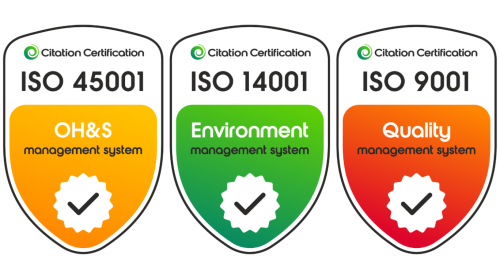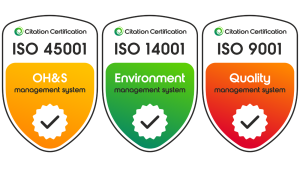We are saddened to hear of the fire at a local business in Maitland earlier this morning. Thankfully, there seems to be no indication that anyone was injured. With the damage, there will still be a significant portion of the interior that will need to be refurbished, resulting in potential disruption of services and other unforeseen costs to the business. Not all businesses survive such damage – we sincerely wish this business all the best in their restoration efforts.
Preventing workplace fires is crucial for the safety of workers and visitors and the protection of property. Here are some essential tips to help minimise the risk of workplace fires:
Emergency Management Plan:
- Develop and implement a comprehensive emergency management plan which includes a fire prevention plan for your workplace.
- Ensure all workers are aware of the plan and conduct regular training sessions. Training may be critical to ensure actions do not create more harm or damage e.g., opening a closed door, such as a door to a room, roller door, or garage door will add more oxygen to the fire and cause it to spread faster.
Emergency Evacuation Plan:
- Develop and practice emergency evacuation procedures regularly to ensure employees are familiar with evacuation procedures., including fire drills – at least yearly as a bare minimum. Clearly mark escape routes and emergency exits.
- Conduct regular inspections to ensure your emergency equipment is readily accessible and ready for use (e.g., is stocked, has a current inspection).
- Consider putting together an emergency kit / box (include things such as warden hats, first aid kit, barrier tape, megaphone, air horn, fire extinguisher, list of workers that have specific emergency plans, instructions for key emergency players such as wardens)
Proper Storage and Handling of Flammable Materials:
- Store flammable materials in designated areas away from ignition sources.
- Use appropriate containers and follow recommended storage guidelines for chemicals and other flammable substances.
- Ensure incompatible substances are segregated (in line with the WHS Regulation)
Electrical Safety:
- Regularly inspect and maintain electrical equipment.
- Avoid overloading electrical outlets and extension cords.
- Replace damaged or frayed cords promptly.
- Turn off electrical appliances and equipment when not in use.
- Use out of services tags and dispose of damaged equipment appropriately
Fire Extinguishers and Fire Suppression Systems:
- Install fire equipment such as fire blankets and fire extinguishers in easily accessible locations with visible signage and ensure they are regularly inspected and maintained. Fire hydrants also require an annual flow test conducted by a licenced plumber.
- Emergency diagrams should also indicate the location and type of firefighting equipment, including type of fire extinguisher.
- Depending on the workplace, consider installing fire suppression systems such as sprinklers.
Smoking Policies:
- Designate appropriate and specific smoking areas, and strictly enforce “no smoking” policies in non-designated areas.
- Provide proper disposal containers for cigarette butts in designated smoking areas.
Equipment Maintenance:
- Regularly inspect and maintain machinery and equipment to prevent overheating or malfunction.
- Follow manufacturers’ guidelines for maintenance and operation.
Cooking Safety:
- If your workplace includes a kitchen or cooking area, ensure employees follow proper cooking safety measures.
- Keep cooking appliances clean and well-maintained.
Good Housekeeping:
- Keep work areas clean and free of clutter.
- Dispose of waste materials properly.
- Avoid storing unnecessary items that could become fire hazards, particularly combustibles and flammables.
Training and Awareness:
- Provide fire safety training to all workers.
- Encourage workers to report potential fire hazards promptly.
Emergency Contacts:
- Display emergency contact information prominently throughout the workplace.
- Remember that fire prevention is an ongoing process that requires vigilance and commitment from everyone in the workplace. Regular training, awareness, and regular inspections to identify and address workplace hazards, combined with a proactive approach to safety can significantly reduce the risk of workplace fires.
Fire Investigators determining cause of therapy business blaze – Maitland – Fire and Rescue NSW


